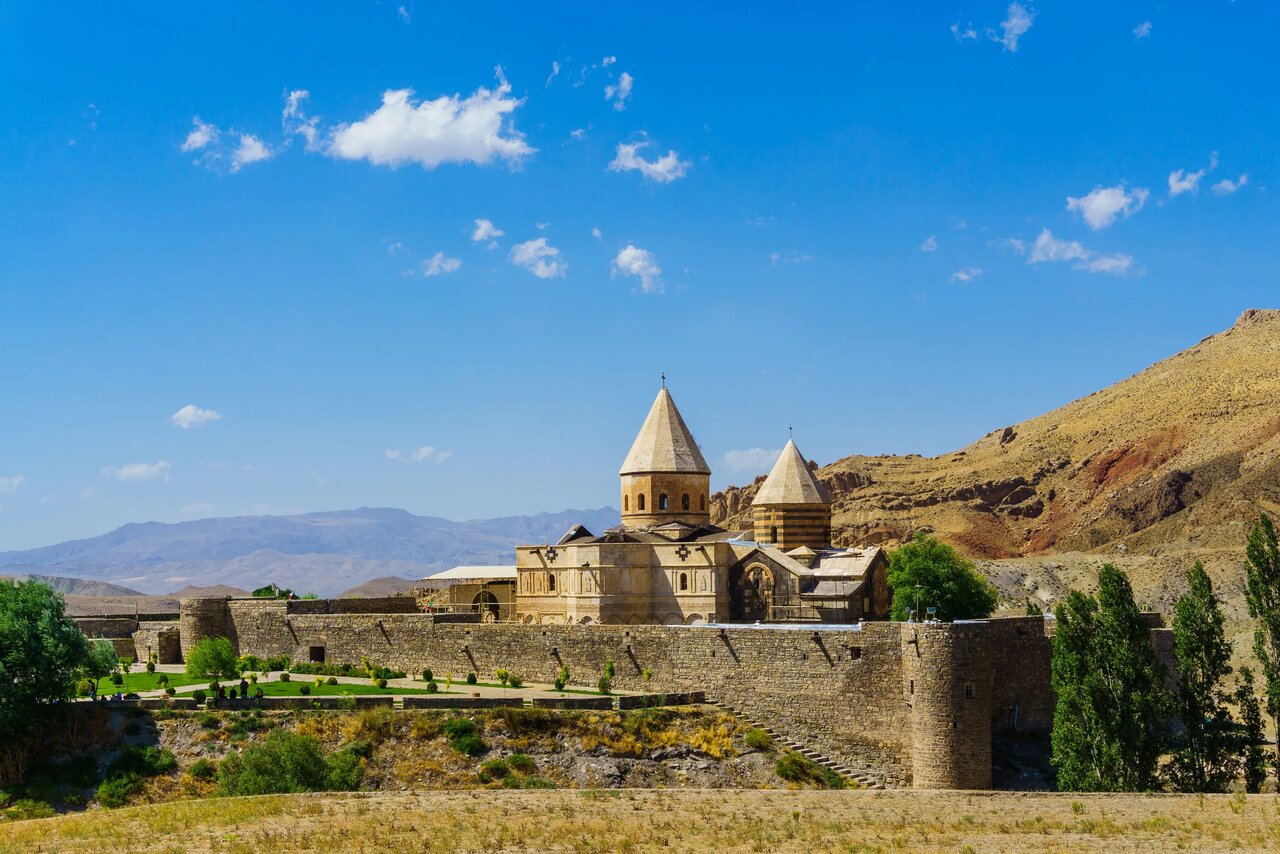Most world heritage sites at risk from drought or flooding: UNESCO

TEHRAN – Nearly three-quarters of the world’s cultural and natural heritage sites are under threat due to either drought or flooding, according to a report released Tuesday by the United Nations Educational, Scientific and Cultural Organization (UNESCO).
Rising global temperatures have intensified extreme weather events such as hurricanes, droughts, floods, and heatwaves, scientists warn, citing growing evidence of climate change impacts.
According to the study, 73 percent of all 1,172 non-marine sites inscribed on the UNESCO World Heritage List are exposed to at least one severe water-related risk. These include water stress, drought, river flooding, or coastal flooding.
“Water stress is expected to worsen, particularly in regions such as the Middle East and North Africa, parts of South Asia, and northern China — posing long-term threats to ecosystems, cultural heritage, and the communities and tourism economies that rely on them,” the report stated.
The findings indicate that cultural heritage sites are most commonly affected by water scarcity, while over half of natural heritage sites are vulnerable to river flooding.
One notable example is the Taj Mahal in Agra, India, which the report says is facing increasing water scarcity. This situation has led to pollution and a significant decline in groundwater levels, both of which are damaging the iconic mausoleum.
UNESCO's report underscores the urgent need for adaptive strategies to safeguard global heritage from accelerating climate-related threats.
AM
Leave a Comment